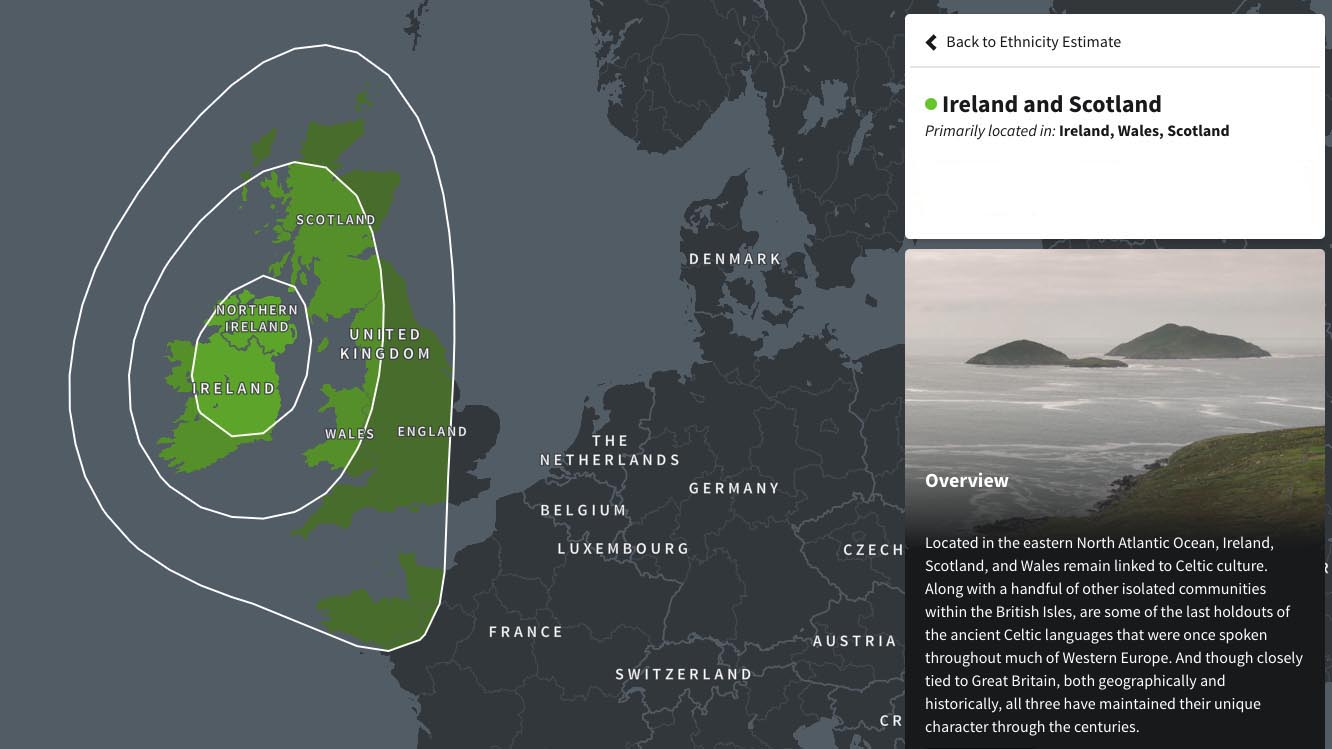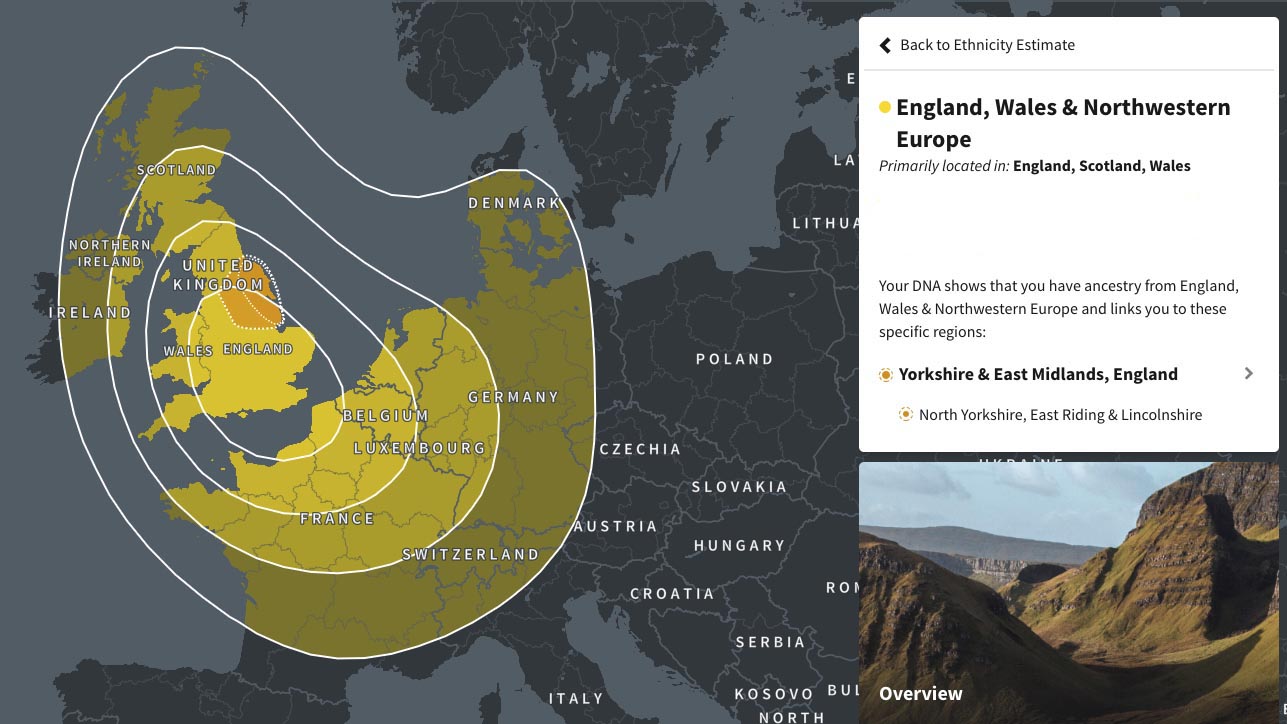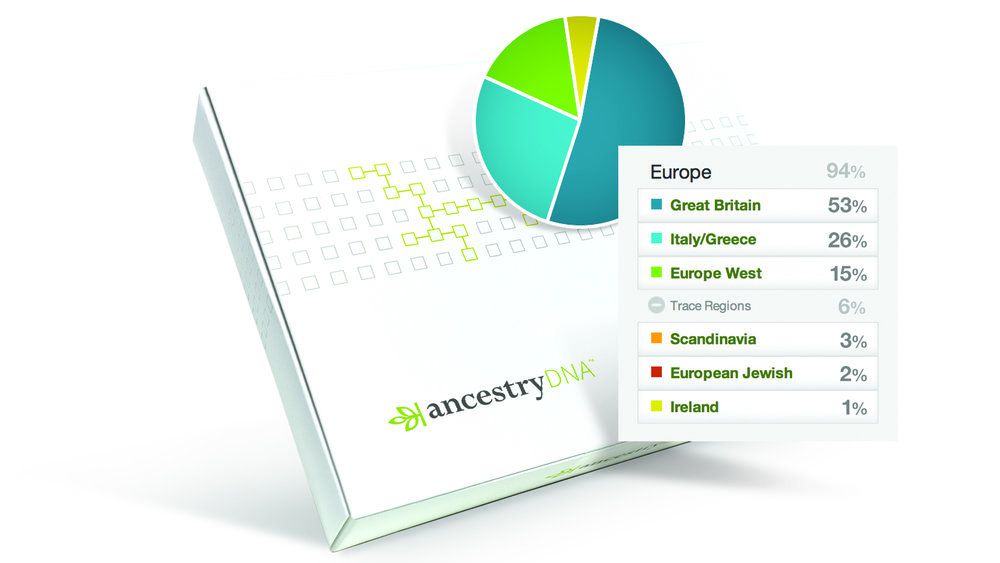TechRadar Verdict
Ancestry is one of the best sites on the internet for tracking your genealogy. You can also connect your DNA results with this already best-in-class experience, combining information about your ethnicity with Ancestry’s fantastic family tree-building software, large online community and access to searchable records. The catch is you need to be very invested in your family tree and willing to sign up to an ongoing subscription service to reap the full benefits.
Pros
- +
Best for family tree building
- +
Lots of users and a big community
- +
Great genealogy software and resources
Cons
- -
Not ideal if you don’t want to build a family tree
- -
Subscription fees
- -
No health data
Why you can trust TechRadar
The website Ancestry was first founded back in the 1980s and it is now the biggest genealogy company in the world. In 2012, it bolstered its offering by adding DNA testing to integrate this data with its records and your family tree – helping you more accurately chart your family history, find new connections and chat with living relatives.
With more than 15 million DNA members, the testing offered by AncestryDNA is one of the best experiences available right now. Not only is there a huge database to draw from and connect with, but the details about your heritage and the predictions about your genetic ethnicity are thorough and fascinating.
The problem is, you do need a subscription to take advantage of many of the cool family history features, which aren’t included in the price of the DNA kit. This means you should care about your family tree, where you’re from, and the chance to connect with new relatives, to really get the most from this service.
Here’s our experience with AncestryDNA testing, including sending in a DNA sample and finding out the results a few weeks later.
- After an alternative? Check out our Living DNA review
AncestryDNA price and subscription options
- Relatively cheap
- Often discounted
- Need a subscription for family tree building
The AncestryDNA kit costs $99/£79/AU$129, which doesn’t include shipping, but there are often discounts on the service. For example, on the US Ancestry website right now, the DNA testing kit is reduced down to $59.
This is a similar price to most other DNA testing kits on the market, including 23andMe’s ancestry DNA testing kit, which also costs $99/£79 (around AU$145), whereas MyHeritage costs just a little less at $79/£75 (around AU$115).
The DNA test itself provides you with results, as well as allowing you to create a family tree and connect up with relatives. However, when considering the price of the testing kit, it’s worth knowing that to take advantage of many of Ancestry’s full services – like access to records and being able to connect with the Ancestry community – you’ll need to pay for a subscription.
If you do want to sign up to the service after the DNA test, there are a number of different types of subscription plans available.
We did the test in the UK, so the subscription options might vary in other parts of the world where access to records is different. But, by way of example, in the UK you can access UK census records for £10.99 (around $13/AU$20) for one month or £54.99 (roughly $65/AU$100) for six months.
You can also access all UK and Ireland records for £13.99 (around $17/AU$25) for one month or £69.99 (roughly $85/AU$125) for six months, or access everything on Ancestry, which includes worldwide records, for £19.99 (approximately $25/AU$35) for one month or £99.99 (around $120/AU$180) for six months.

Testing and postage
- Easy-to-follow instructions
- Simple DNA sample collection
To get started with AncestryDNA, you order a kit online. Once it arrives, you’ll need to set up an account, unless you already have an Ancestry account, in which case you can add DNA results to it.
The test comes with very simple instructions, which involve collecting a saliva sample in a tube and then sending it back to AncestryDNA for testing. But, before you do, one key step is connecting the serial number on your sample tube to your Ancestry account.
That’s because you have an ID number connected with your sample rather than a name – this makes your spit sample anonymous, but trackable.
We received a review sample of the AncestryDNA test, which means we can’t comment on how long the results take – but most other reviews point to a six to eight week wait time.
However, during the process, AncestryDNA will send an email acknowledging your sample has been received and another when it’s being tested, with a final email informing you when your results are ready to view.

Results and dashboard
- Detailed ‘ethnicity estimation’ map
- Lots of living relatives to connect with
When you first sign in to see your DNA test results, you’re presented with a huge map of the world. On it, you’ll see big color-coded bubbles, which represent ethnicity estimates about where your ancestors may have come from.
The map is interactive, which means when you click on a country you’ll find out more about it. For certain countries where large parts of your ancestry are likely to have hailed from, you’ll be able to see even more specific information about regions and areas.
Once you’ve delved into the regions you might have originated from, it’s time to stop looking at the past and connect with living relatives.
You can browse through a huge database of people who share DNA with you – this is fascinating, and overwhelming given there are likely to be thousands of matches.
If they’ve opted into the listings, you can also compare family trees and even send them a message. Not only is this cool, but if you’re keen on building your family tree it will help you make it bigger, accurate and more detailed.
Having said that, if privacy is a concern for you – or you’re just not keen on sharing your data for whatever reason – you don’t need to opt in to listing yourself. You can also change your mind and tweak the settings of what people can find out about you as well.
One of the great things about all of the results AncestryDNA serves up to you is that it will update your results based on new scientific research, different reference samples, and improved tools as time goes on – it’s always evolving.
Verdict
AncestryDNA is a solid DNA test to predict your genetic ethnicity and help you find new family connections, as well as to fill in important details in your wider family history research.
Obviously, it’s not ideal that you have to pay extra to access all of Ancestry’s tools. But these are, in a way, two separate offerings. The DNA test is an addition to Ancestry’s fantastic family history service more than the other way around.
If you want a broader overview of your ancestry, as well as extra information about your ancestors and even your health traits, then look to 23andMe or even MyHeritage for DNA testing instead.
But AncestryDNA is a no-brainer if you’re interested in genealogy, want to find relatives, want to create a family tree, or if you already use Ancestry.
First reviewed: August 2019
Becca is a contributor to TechRadar, a freelance journalist and author. She’s been writing about consumer tech and popular science for more than ten years, covering all kinds of topics, including why robots have eyes and whether we’ll experience the overview effect one day. She’s particularly interested in VR/AR, wearables, digital health, space tech and chatting to experts and academics about the future. She’s contributed to TechRadar, T3, Wired, New Scientist, The Guardian, Inverse and many more. Her first book, Screen Time, came out in January 2021 with Bonnier Books. She loves science-fiction, brutalist architecture, and spending too much time floating through space in virtual reality.

